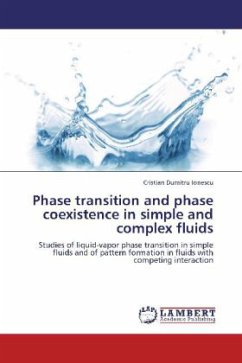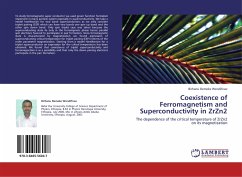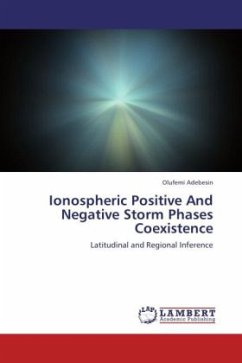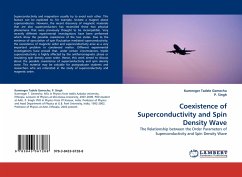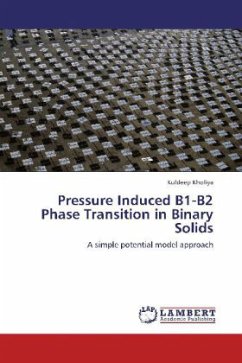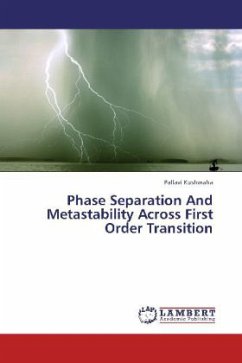The properties of all fluids can be traced to the interplay of their molecular constituents. Although simple in principle, like all classical statistical concepts, the practical implementation of this fundamental rule into the study of phase transition and critical phenomena is hindered not only by the huge number of molecules, all of which are dynamically involved in any macroscopic process, but also by their long-ranged collective behavior which gives rise to correlations that cause unexpected and rich global features and phenomena like the well known universal properties of the critical region or the more recently observed spontaneous aggregation and pattern formation in complex fluids. Computers have become essential in this field of study, but they are unable to cope with the colossal requirements of a macroscopic simulation involving such phenomena. The purpose of the current work is to present recent developments made into the study of collective fluid phenomena, that involve two different theoretical approaches which focus on the two aforementioned branches of study: the critical region, handled by the HRT and the spontaneous aggregation in complex fluids, involving DFT.

